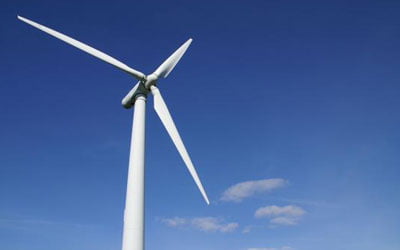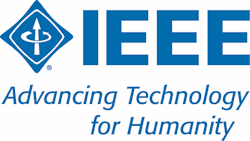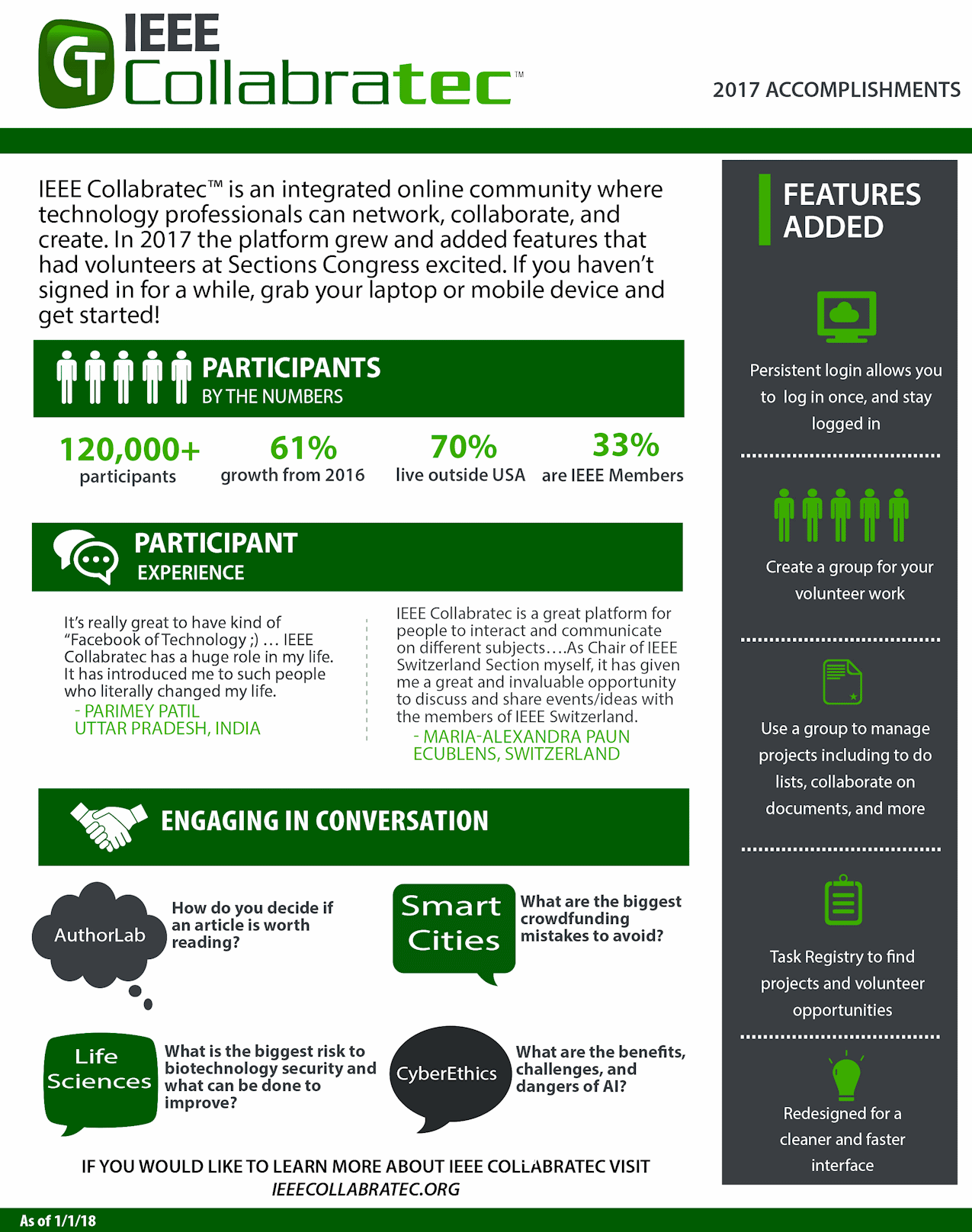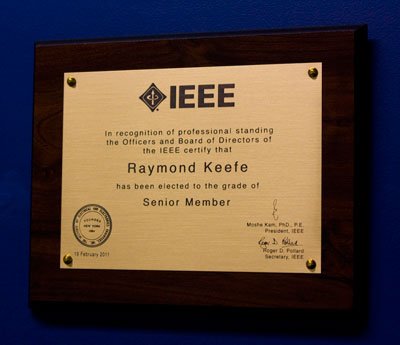Low Power Electronics is a Green Strategy
There are 2 ways to reduce your Carbon Footprint. The first is to get the same power from a Green Power Source that reduces the Carbon Footprint at the power generation phase. This is where Wind Power, PV PhotoVoltaics, Wave Power, Geothermal Power and other such technologies come in.

Wind Power Generator
The second way is to use less power from the same source, which is a Power Reduction Strategy. This is a bit different to the concept outlined in Unlimited Wealth by Paul Zane Pilzer where he shows that we keep finding ways to meet the expansion needs of the future. That is also happening. The ‘use less power’ approach is about getting more from the existing. The great thing about this is that you can effect a reduction in you Carbon Footprint independent of the Power Generators and so this strategy can run ahead of large scale system changes.
First you have to have a baseline to measure from. This will become critical for businesses that must show Carbon Footprint reductions once legislation in this area is brought in around the world. The issue isn’t if, but when this happens, and what the specific details are. Carbon Trading is an interim measure that allows money to be made off the problem while not actually ensuring there is real progress. Eventually significant net reductions must happen.
Carbon Footprint Reduction
So reducing the Electronic Power Requirements for Electronic Devices is a primary Green Strategy for reducing your Carbon Footprint. For a complete system the calculation is of course much more complicated. The survey above is aimed at households but the principle is the same. A true Carbon Reduction Strategy requires you to consider not only your own operation but upstream and downstream operations as well.
This is of course only one strategy and we will look at others in the near future. But for my next post I’ll concentrate on design techniques for Reducing Power Consumption in Electronic Appliances so that they become Low Power Electronics Appliances and help to reduce the overall Carbon Footprint.
Ray Keefe has been developing high quality and market leading electronics products in Australia for nearly 30 years. For more information go to his LinkedIn profile. This post is Copyright © Successful Endeavours Pty Ltd.









